Lawrence Livermore publishes state-by-state energy/water Sankey diagrams
Green Car Congress
APRIL 20, 2018
For the first time, Lawrence Livermore National Laboratory (LLNL) has published state-by-state energy and water Sankey diagrams in one location so that analysts and policymakers can find all the information they need in one place. General location of energy and water categories. Energy and water generally “flows” from left to right.


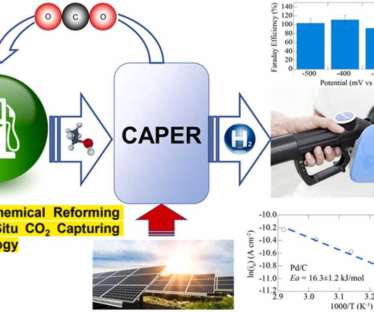
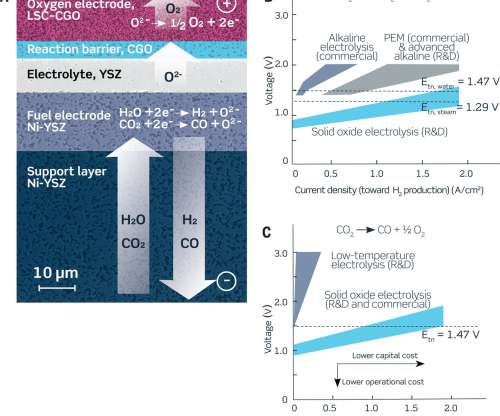
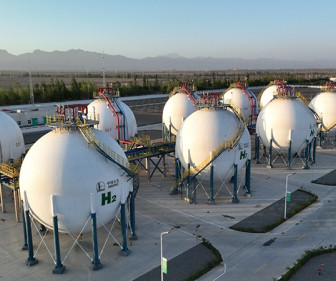

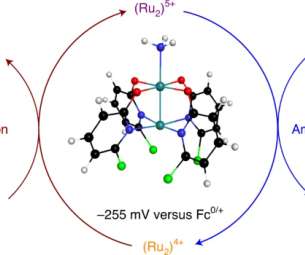


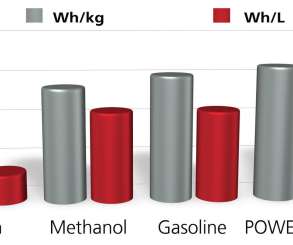


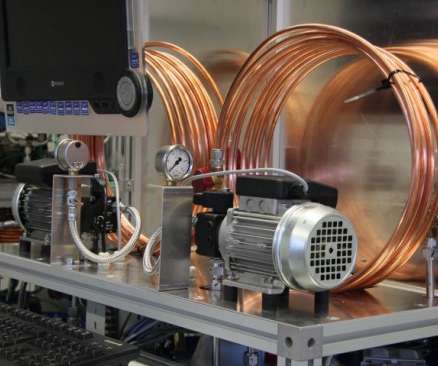








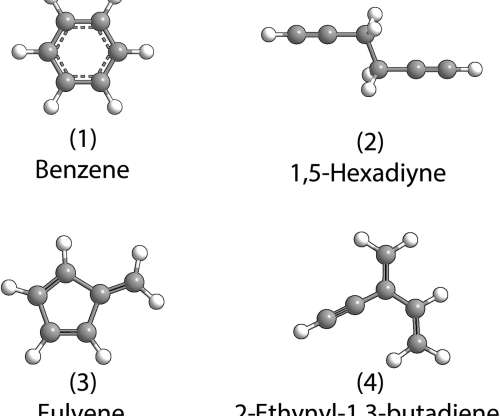








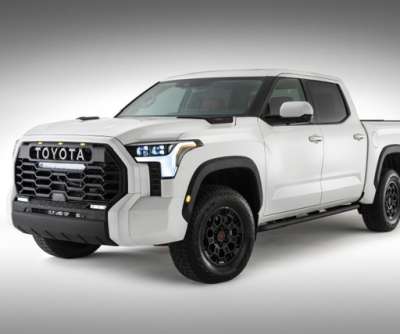
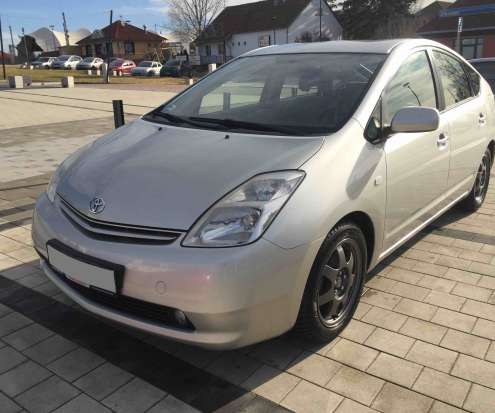











Let's personalize your content